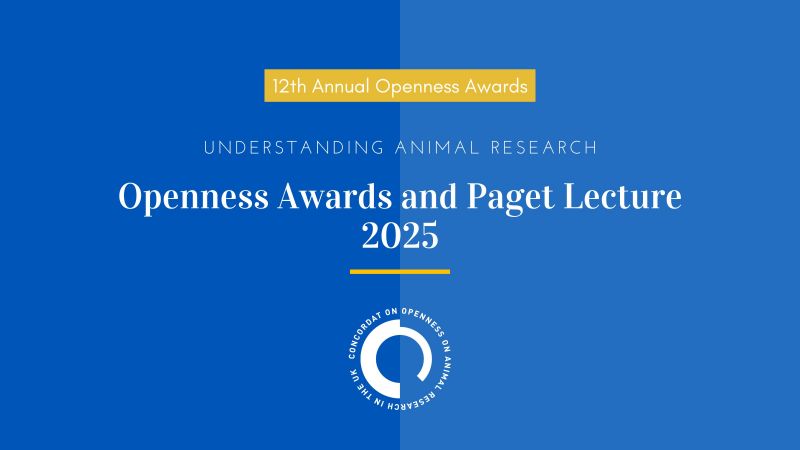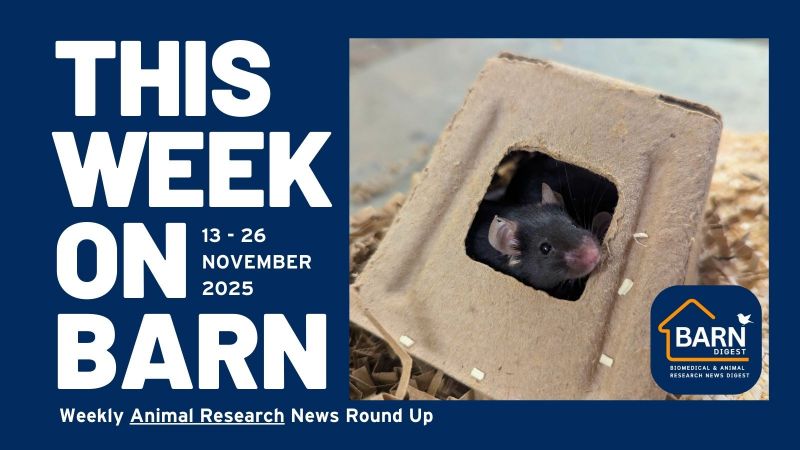Pig 10 facts

Xenograft valves from pigs and other species were transplanted into dogs in the early 1970s. Blood clots were not a problem, but durability and rejection needed to be tackled – but quite rapidly, washing, denaturing and tanning processes, produced a biologically inert, functional and durable valve. Such ‘bioprosthetic’ valves, usually from pigs, have been used successfully in many human patients to treat some of the 60,000 heart valve patients per year in the USA.
http://www.animalresearch.info/en/medical-advances/timeline/artificial-heart-valves/
2. Insulin from pigs was used to treat diabetes until the 1980s
Diabetes has been known for thousands of years. The discovery, isolation and purification of insulin in the 1920s were significant medical advances, preventing premature deaths for many people. Since then, making insulin for the treatment of diabetes has always depended on living organisms. Before the advent of biotechnology, the organisms used were pigs destined to the meatpacking industry. Pork-derived insulin is nearly identical to human insulin and can be utilized by our bodies. According to an article in ‘Diabetes Forecast’, 2 tons of pig parts were needed to extract just eight ounces of purified insulin. Pig insulin was used until the late 1980s. It has now been replaced by insulin produced by living microorganisms, genetically modified with human genes to produce insulin.
http://americanhistory.si.edu/blog/2013/11/two-tons-of-pig-parts-making-insulin-in-the-1920s.html
The first whole-organ transplant made using tissue engineered from the patient’s own stem cells was performed in June 2008, following preclinical studies on mice and pigs.
Both pigs and humans are mammals with a very similar feeding process (unlike cows that are ruminants). A mature pig weighs approximately the same as an adult human so the internal organs would appear to be very much the same. The pig organs are so similar to human organs, it is the best candidate as an organ donor for animal to human transplants.
http://www.ncbi.nlm.nih.gov/pmc/articles/PMC1312205/
Pigs communicate constantly with one another. More than 20 of their oinks, grunts and squeals have been identified for different situations, from wooing their mates to expressing hunger. They convey their intentions, how they are feeling, warnings, greetings and when it’s time for dinner. A lactating sow has a special call to let her piglets know its food time. Newborn piglets learn to run to their mothers’ voices and mother pigs will sing to their young while nursing.
http://www.onegreenplanet.org/animalsandnature/phenomenal-reasons-to-love-pigs/
6. The CT or CAT scan was developed using pig tissue
The CAT – computer-assisted topography – scans revolutionised the ability of doctors to visualise our internal organs, and are now more commonly used to research, diagnose and monitor a huge range of diseases. In the 1960s, Allan Cormack and Godfrey Hounsfield came up with solutions to allow the reconstruction of a high-definition image of any individual slice through the body. Tests using gamma-rays were performed on various materials, including pig tissue.
http://www.animalresearch.info/en/medical-advances/nobel-prizes/the-cat-scan/
7. Pig blood will keep you Alive if transfused into your body
Dr Dhaniram Baruah, injected more than half a pint of pig blood into a man suffering from severe anaemia. The doctor developed a method to prevent the rejection of animal tissue by the human body. According to him, the key is an “antigen-suppression agent” necessary to prevent the body from rejecting tissue from another organism.
http://www.crt-online.org/121800.html
8. Hypothalamic hormones in the brain were identified using pigs
In the 1950s Roger Guillemin and Andrew von Schally - award winners of the 1977 Nobel Prize for the discoveries concerning the brain production of peptide hormones – experimented on pigs to isolate extracts from the hypothalamus that could bring about the release of different hormones from the pituitary gland. They were investigating the function of the brain’s hypothalamus to coordinate hormone release in disparate parts of the body. 10 years later, they were able to isolate, characterise and synthesise some of these ‘releasing factors, finding them to be peptide hormones. Their results were directly transferable to humans, and provided researchers and clinicians with important insights into the endocrine system and its related diseases.
9. Pig skin is very sensitive, mud helps prevent sunburns
Pigs have no sweat glands, so they roll around in mud to stay cool, but also because the mud acts as sunscreen and keeps the bugs away. Pig skin is one of the toughest and most useful of animal hides, yet it is extremely sensitive to temperature and injury.
http://www.onegreenplanet.org/animalsandnature/phenomenal-reasons-to-love-pigs/
10. Pigs can be taught to play video games.
Pigs learn quickly and can solve problems. Dr Stanley Curtis says pigs have an amzing ability to learn and remember, and he tested this out by creating a video game for pigs to play. Using their nose, pigs were taught to control a modified joystick to play the game. Using M&M and skittles as rewards, the pigs had to move the computer cursor to match drawings thay saw on the screen. In just 5 to 10 trials, they had figured out the trick – as fast as chimpanzees.
http://www.spca.bc.ca/assets/documents/youth/animal-issues/bark-pig-2009-pigs-play-video.pdf



